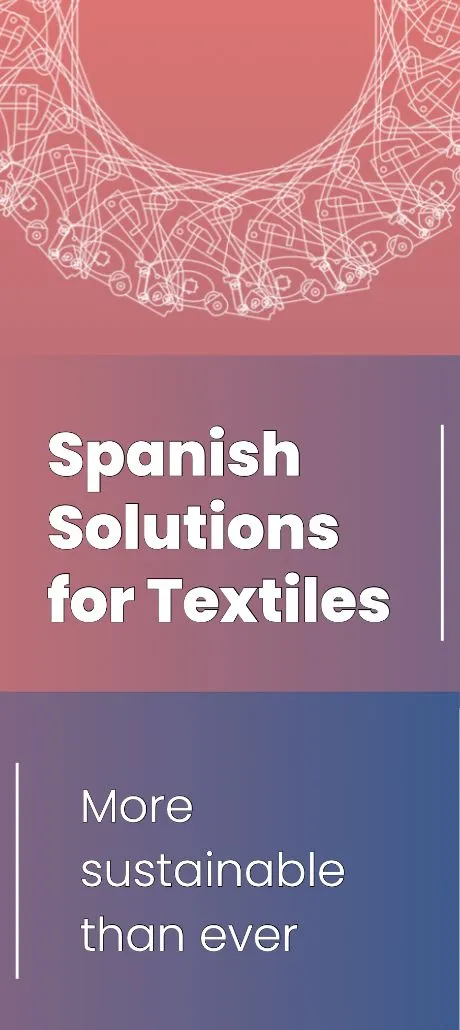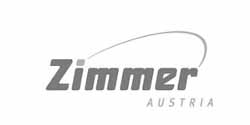The African Continental Free Trade Area (AfCFTA) holds enormous promise for regional economic integration and industrial growth across Africa. But building a continent-wide textiles and apparel value chain—one of the most strategic sectors for employment and export potential—faces persistent challenges.
A new report assessing the implementation of AfCFTA in the textile and apparel sector identifies both obstacles and actionable pathways toward a unified and competitive regional value chain (RVC). While the AfCFTA agreement aims to increase intra-African trade, boost industrial output, and reduce dependency on global imports, translating these ambitions into reality requires overcoming key structural and policy hurdles.
At the heart of these challenges is the unresolved issue of Rules of Origin (RoO). Without a harmonised framework, producers remain hesitant to shift sourcing patterns or invest in long-term manufacturing infrastructure across borders. Currently, the sector is dominated by low-value-added activities, such as garment assembly, which provide limited industrial development benefits compared to upstream textile production.
Experts argue that textile manufacturing—not just apparel assembly—is the true engine of industrialisation. The AfCFTA must therefore be used to attract investment in fabric and yarn production, promote technology transfer, and support the emergence of homegrown African fashion brands.
Key recommendations include:
- Enhancing intra-African apparel trade and prioritising exports within the continent, while preparing to break into global markets.
- Encouraging joint ventures with foreign firms to access cutting-edge technology and practical knowledge for improving local production capabilities.
- Leveraging schemes like the African Growth and Opportunity Act (AGOA) to develop export competitiveness and learn from mature markets.
- Moving beyond specialisation in low-skill segments by investing in higher value-added activities like fabric finishing, dyeing, design, and branding.
- Creating industrial policies aligned with AfCFTA’s protocols—particularly those related to investment, RoO, and market access—to ensure coordinated regional learning and productivity gains.
The report also stresses the importance of building on existing regional textile hubs and integrating them into a broader continental network. With rising demand for African-made products and global interest in sustainable sourcing, Africa is well-positioned to transform its diverse textile ecosystems into a competitive and integrated value chain.
But the success of this vision depends on one critical factor: collaboration. Governments, regional trade blocs, private manufacturers, and development partners must align their efforts to ensure that Africa doesn’t just assemble garments—but builds an end-to-end textile industry that reflects and serves the continent.
The AfCFTA, still in early phases of implementation, offers a historic opportunity to reshape Africa’s textile future—if challenges are addressed with urgency, unity, and strategic foresight.































